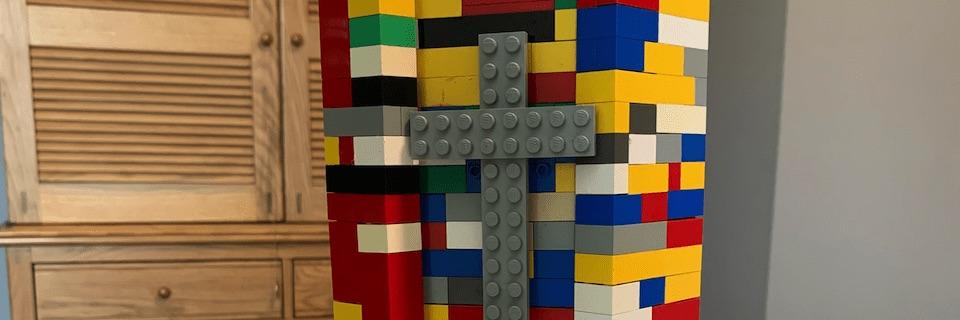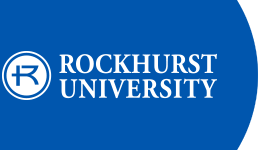For Art Project, Students Look to Household Objects for Inspiration

From the stylized depictions of nature from the impressionists to the stark grandeur of Ansel Adams’ photographs, artists have long looked to their surroundings for inspiration.
One group of Rockhurst students were asked to do something similar in the wake of COVID-19, using objects found in their home to create a sculpture for an art course taught by Elaine Buss, adjunct instructor of fine arts.
Titled “Art and the Lived Environment” and inspired by “accidental sculpture” and the domestic object-based installations of Emily Irvin and Julia Whitney-Brown, the project encouraged students to find expression in the midst of their new circumstances back at home, asking them to build a sculpture using items found around their house.
Buss said the students got quite creative for the project, especially given the limitations and the quickness with which they had to assemble their projects.
"One big takeaway was how creative and adaptable the students were," she said. "They showed ingenuity in their pieces as well as perseverance and open mindedness."
For the students, the experience was challenging, given their limited access to materials. It was also, at times, bittersweet, given that the COVID-19 pandemic that led to students being at home in the first place.
 Grant Honnold, a senior studying corporate finance and economic analysis, took inspiration from his circumstances, creating a “student ready for class” out of materials that included a broomstick, scrap wood, clothing and plate balancing a laptop with a picture of his own face atop. Honnold said the sculpture is a reflection of the current reality for many students.
Grant Honnold, a senior studying corporate finance and economic analysis, took inspiration from his circumstances, creating a “student ready for class” out of materials that included a broomstick, scrap wood, clothing and plate balancing a laptop with a picture of his own face atop. Honnold said the sculpture is a reflection of the current reality for many students.
“I intentionally made the sculpture to look like a student, dressed up and ready for class at his desk,” he said. “It plays up the irony that because we’re all at home, all you really need to be ready for class is an internet connection.”
For Mary Strecker, a senior majoring in biology and environmental studies, the project was an opportunity to come to terms with the big changes in her day-to-day life as a student that came with the pandemic. And, adjusting from what was originally to be an independent study in ceramics, she reconnected with a favorite sculptural medium from childhood.

“I remembered that when I was younger my brother and I played with Legos, so I went to our storage room and found a big chest of them,” she said.
But it’s not fun and games — Strecker said in each brick, there’s deeper meaning, tied to her experience as a student uprooted in her final semester by COVID-19.
“Elaine suggested building something that ‘filled an emotional need that you may need right now,’ and I miss Rockhurst already so I decided to try and build the bell tower,” she said. “I wanted the messiness of all the different colors and sizes of the Legos to represent all the different memories and people that have had a part in my Rockhurst experience — so they all build on each other and become one larger piece, the RU bell tower, my RU experience.”
Taken together, Buss said the projects, which ranged from found wood sculptures to symbolic pillow forts, displayed a wealth of different materials, but many of them seemed to react to the unprecedented circumstances in which students found themselves.







